Best High-Fiber Foods for Gut Health
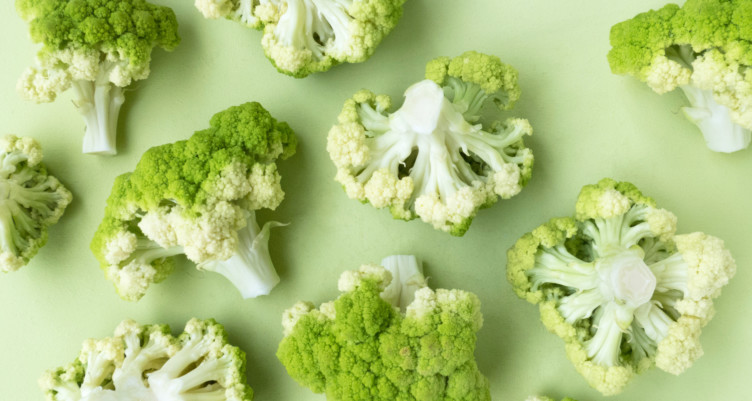
- Eating a variety of high-fiber foods supports gut health, helps regulate appetite and promotes a healthy weight.
- Soluble, insoluble and prebiotic fibers all play unique roles in digestion, from slowing stomach emptying to feeding beneficial gut bacteria.
- Simple dietary changes—like adding more vegetables, nuts and fiber-rich supplements—can help you reach your daily fiber goals and support long-term gut health.
Fiber plays a key role in your health, but what exactly is it? You’ve probably heard that high-fiber foods support digestion, weight management and overall wellness. But fiber is more than just a reason to eat whole grains or cereals that taste like cardboard. It helps keep you regular, supports healthy cholesterol levels and promotes steady blood sugar.1
So, how does fiber work and how can you make sure you’re getting enough each day?
Why is Fiber Important?
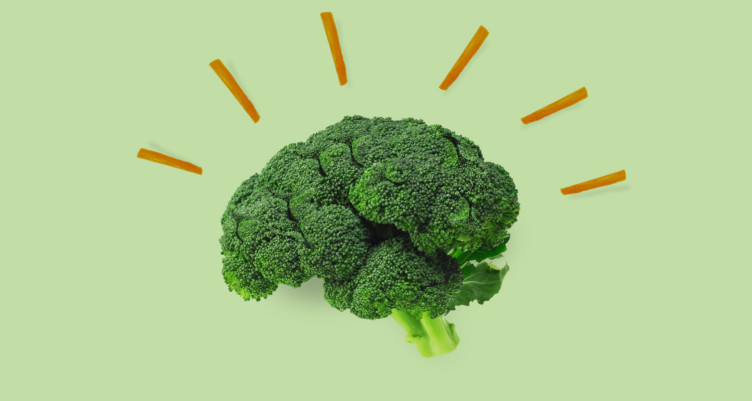
Fiber is a type of carbohydrate, but your body can’t break it down like sugars or starches. Digestive enzymes don’t process fiber, so it travels through your digestive tract intact.[1]
Unlike most carbs, which break down into simple sugars in the stomach or small intestine, fiber moves undigested to the large intestine. Once it gets there, its benefits depend on the type of fiber you eat. In general, fiber supports bowel regularity, helps with blood sugar, promotes fullness and nourishes beneficial gut bacteria.[2] That last part matters—-gut health influences everything from your mood[3] to your immune system.[4]
You might be familiar with soluble and insoluble fiber. Marketing often highlights soluble fiber as the one that supports overall health and should be a daily focus. But the truth is more nuanced.
Both types of fiber offer important benefits and including both in your diet supports long-term health. Plus, some lesser-known fibers can benefit your gut in surprising ways. Let’s look at the different types, what they do and foods high in fiber you can try.
Types of Fiber
Soluble fiber
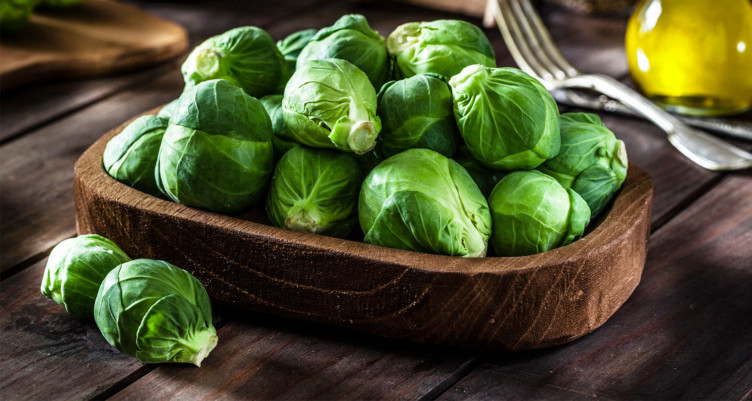
Soluble fiber dissolves in water, forming a gel-like substance in your gut. This process slows stomach emptying, giving your body more time to absorb essential vitamins and minerals.[5] That’s why eating soluble fiber with nutrient-dense meals can help you get more from your food.
Soluble fiber also supports healthy blood sugar levels by slowing the release of glucose into your bloodstream.[6] This helps with blood sugar by promoting less insulin spikes, especially on carb refeed days. Plus, it promotes fullness by influencing ghrelin, the hormone that controls hunger.[7]
This gel-forming fiber does more than slow digestion—it also plays a key role in supporting heart and gut health.
Soluble Fiber and Cholesterol levels
Doctors often recommend soluble fiber because it supports healthy cholesterol levels.[8] It binds to cholesterol in the gut, preventing it from circulating through the bloodstream.
Cholesterol plays an important role in your body. It supports the absorption of fat-soluble vitamins and helps produce key hormones like testosterone and estrogen.
Best Sources of Soluble Fiber
[9]- Brussels sprouts
- Avocados
- Beans
- Broccoli
- Turnips
- Figs
- Pears, nectarines, apricots
- Oats and barley
- Carrots
- Sweet potatoes
While soluble fiber supports digestion and heart health, insoluble fiber works differently to keep your gut running smoothly.
Insoluble fiber
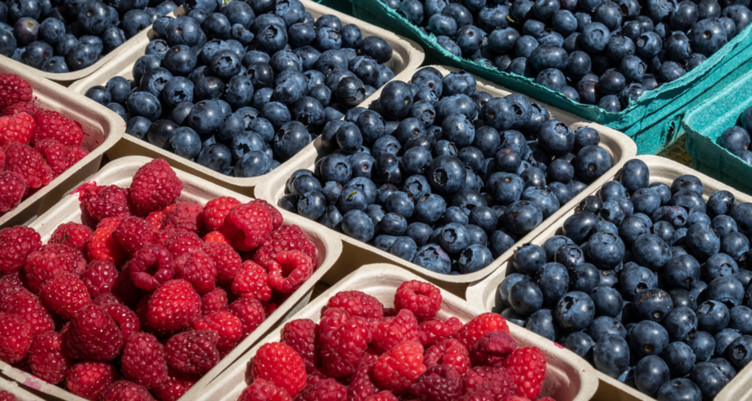
Insoluble fiber supports gut health and helps you feel full after meals.[10] It helps curb ghrelin, the hormone that triggers hunger, for several hours after a meal. As a result, you may eat less when you get enough insoluble fiber.[11]
Research shows that insoluble fiber can help regulate appetite and support energy balance, even in the short term. In one study, participants consumed cereals with varying amounts of insoluble fiber and glucose. The group that consumed 41 grams of insoluble fiber ate less during a meal served one hour later compared to those who consumed a low-fiber cereal. Total energy intake, including the cereal and the meal, was also lower for the high-fiber group. Interestingly, the fiber’s appetite-regulating effect was similar to that of glucose in the first hour but did not last beyond two hours. These findings suggest that insoluble fiber can help reduce food intake independently of its weight and volume, supporting better appetite control and energy balance.[12]
What does this mean for you? Increasing insoluble fiber in your diet may support better weight management while promoting healthy digestion.
Best Sources of Insoluble Fiber
- Amaranth
- Blackberries
- Unpeeled apples
- Collard greens
- Green beans
- Celery
- Leeks and spring onions
- Cabbage
- Cauliflower
- Nuts
Prebiotic fiber and resistant starch
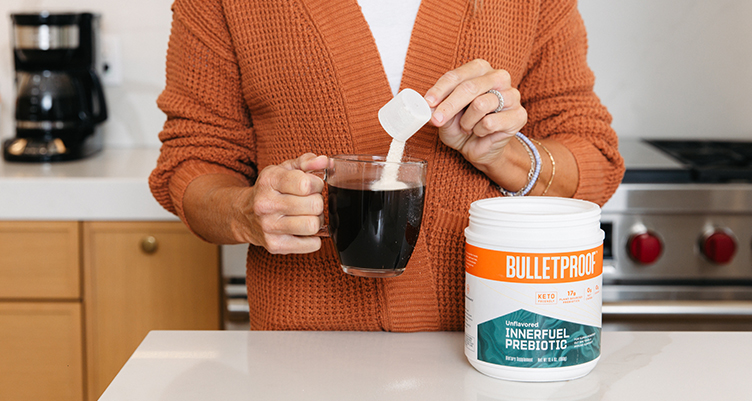
Prebiotic fiber and resistant starch may not be as well-known, but they play an essential role in supporting gut health. Fiber can be either soluble or insoluble, and feed your gut bacteria through fermentation.[13]
When you consume prebiotic fiber or resistant starch, beneficial gut bacteria break it down into short-chain fatty acids. These compounds support your gut lining and create an environment where good bacteria can thrive.[14] A strong gut lining helps with digestion, immune function and overall well-being.[15]
Resistant starch can work well for some people but may cause bloating for others.[16] Start with small amounts and increase slowly to see how your body responds.
Best Sources of Resistant Starch
[17]- Raw green bananas
- Raw plantain flour
- Raw potato starch
Resistant starch offers valuable benefits for gut health, but prebiotic fiber takes it a step further by directly nourishing the beneficial bacteria that support digestion and metabolism.
How Prebiotic Fiber Supports Gut Health
Prebiotic fiber helps with weight management by feeding the good bacteria that influence digestion and metabolism.[18] However, prebiotic-rich foods aren’t always common in everyday meals, so you might need to get creative in the kitchen or add a high-quality supplement.
Top Prebiotic Fiber Sources
- Raw dandelion greens
- Raw garlic
- Leeks
- Raw jicama
- Jerusalem artichoke
- Chicory root (one of the ingredients in Collagen Protein Bars)
- InnerFuel Prebiotic
- Collagen Protein Gut Health
Prebiotic fiber supports gut health in many ways, but some fibers, like glucomannan, offer unique benefits that go beyond feeding good bacteria.
Glucomannan
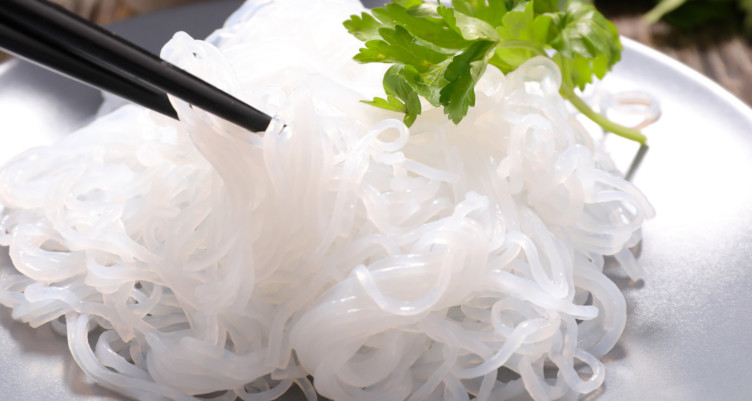
Glucomannan is a unique type of soluble fiber that comes from the root of the konjac plant.
What makes glucomannan stand out is its high viscosity. It forms a thick gel in your gut, slowing digestion and giving your body more time to absorb nutrients. This gel-like fiber also helps curb hunger hormones and ferments in the gut to nourish beneficial bacteria.[19] Research suggests glucomannan may support weight management by promoting satiety—that feeling of fullness and satisfaction after a meal.[20]
Beyond its health benefits, glucomannan is also a versatile, carb-free noodle substitute. It has been a staple in Japanese cuisine for years, often in the form of shirataki noodles. These noodles soak up the flavors of whatever you cook them with, making them perfect for rich, high-fat sauces or a simple mix of butter and salt. Need ideas? Check out these shirataki noodle recipes.
How to Get More Fiber in Your Diet
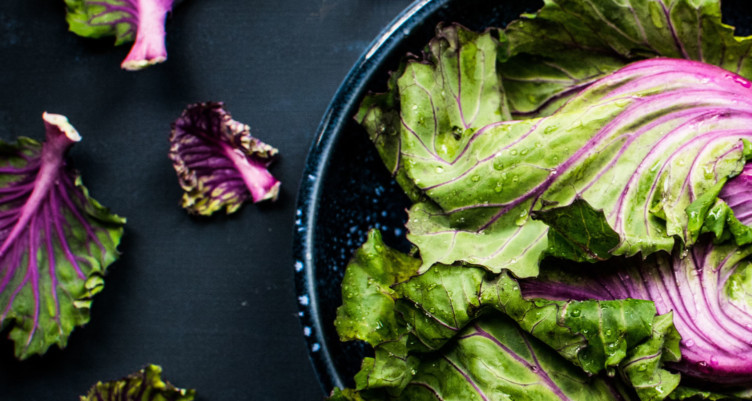
How to increase your fiber intake is simpler than you might think. It starts with the advice you probably heard growing up: eat your vegetables While whole grains contain fiber, they don’t work for everyone. Instead, focus on dark leafy greens, raw nuts and fiber-rich options like raw plantains or shirataki noodles. Your gut bacteria will benefit from the variety of foods high in fiber.
Fiber plays an important role no matter what diet you follow—whether it’s keto, paleo, or just a balanced, healthy lifestyle. But here’s something to keep in mind: many high-fiber foods are also high in carbs, which can interfere with ketosis.
If you’re watching your carb intake, learn how to calculate net carbs and consider adding keto-friendly supplements like InnerFuel Prebiotic to support your fiber goals.
High-Fiber Fruits and Vegetables
The best way to meet your fiber needs is through whole foods. Fruits and vegetables offer plenty of fiber along with essential vitamins and minerals. Here are some great options to help you increase your daily fiber intake:[21]
Fruits:
- Berries
- Pears
- Apples
- Bananas
- Oranges
- Avocados
Vegetables:
- Green peas
- Broccoli
- Turnip greens
- Brussels sprouts
- Potatoes
- Cauliflower
- Carrots
Unexpected sources of fiber
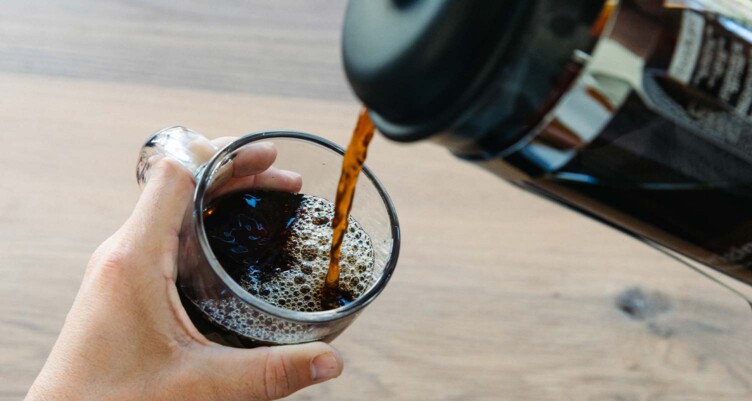
Fiber doesn’t just come from fruits and vegetables. There are some surprising (and delicious) sources too.
Dark Chocolate
High-quality dark chocolate with 75% to 85% cocoa contains about 11 grams of fiber per 100 grams.[22] Just check the label to avoid added sugars.
Coffee
Yes, coffee contains fiber! Brewed coffee provides up to 0.75 grams of fiber per 100 mL, which is more than most daily beverages.[23]
Alternative Flours and Pastas
Flours like almond, coconut and oat flour are packed with fiber. Just two tablespoons of coconut flour offer around 5 grams of fiber—about 20% of your recommended daily intake.[24]
Gluten-free pastas made from rice or legumes can also provide fiber and protein. But legumes don’t work well for everyone, so experiment to find what suits your body best.
Sign up for early access to sales, product launches, the latest Bulletproof news and more!
This is an updated version of an article originally published July 2019.



